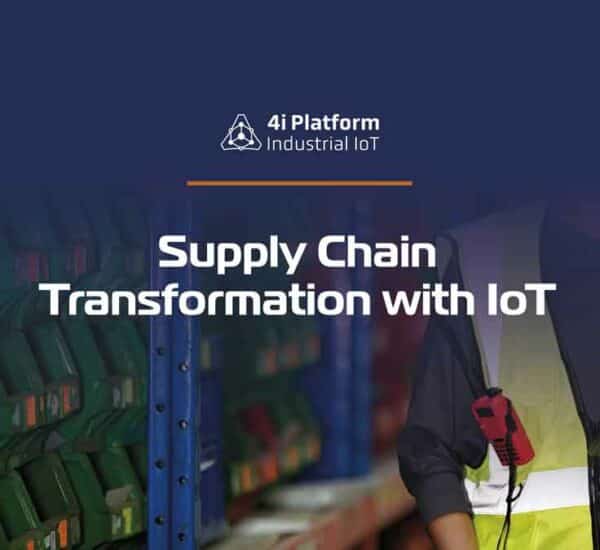More than one-third of the $1 trillion for digital transformation within the upcoming year earmarked for initiatives in manufacturing. The potential for business benefits is enormous.
Manufacturing enterprises are well -placed to surge ahead with digital transformation, thanks to investments in real-time streaming, augmented reality, machine learning, artificial intelligence and the Industrial Internet of Things.
The business already has built the necessary underlying systems and data within the past several decades, which can and is being leveraged in new ways for the digital market.
For example, the sector has long had programmable logic controllers (PLCs) in place, that are industrial-strength systems that control manufacturing processes, such as assembly lines, or autonomous devices, or any activity that requires high-reliability control and ease of programming and process fault diagnosis.
The Industrial IoT, in combination with machine learning, uses historical data and heuristics to make intelligent predictions about machine or manufacturing system performance.
It is looking at what to do with contemporary technology to make those critical systems that operate the planet be well-behaved, operationally efficient, resilient, and reliable.
Machine learning eats a great deal of data, and puts weights numerical burdens on. It sets up all these weights, and with enough data you can have some predictions that are meaningful enough to act upon. That’s the revolution that we’ve seen with predictive maintenance and proactive maintenance.
Executives in the manufacturing industry are making new strategic choices among these capabilities to differentiate their goods and services, improve operational effectiveness, and increase workforce productivity.
More than one third of the $1 trillion to be invested on digital transformation within the upcoming year will be earmarked for initiatives at the discrete and process manufacturing sectors. Aagin, the business benefits of this technology are boundless.
The challenge is, despite the perception that factories and production lines are highly automated, there are still many manual tasks that intervene. For example, a manufacturer may nevertheless have a machine producing a part that still has to be wheeled over to another part of the facility.
That’s how goods come together. It’s not all like where you have this vision in mind that it is automated from end to end and then something spits out an iPad at the conclusion. It doesn’t function like that. The final assemblies are usually manual.
Despite the prevalence of automation and process manufacturing, many manufacturers still don’t have this connection between their systems.
It is an IT problem of how do I take information here, information there, information there, and put it behind a single pane of glass so that the people who are making the decisions — the plant managers — have everything they want in one spot?
There will still be a demand for skilled human workers on the manufacturing floor, and that’s where technology such as augmented reality — boosted by AI — will play a role.
Ultimately, the combination of IoT for sensing what the machine is doing and augmented reality to give humans the benefit of that sense in real time is quite a magical combination.





